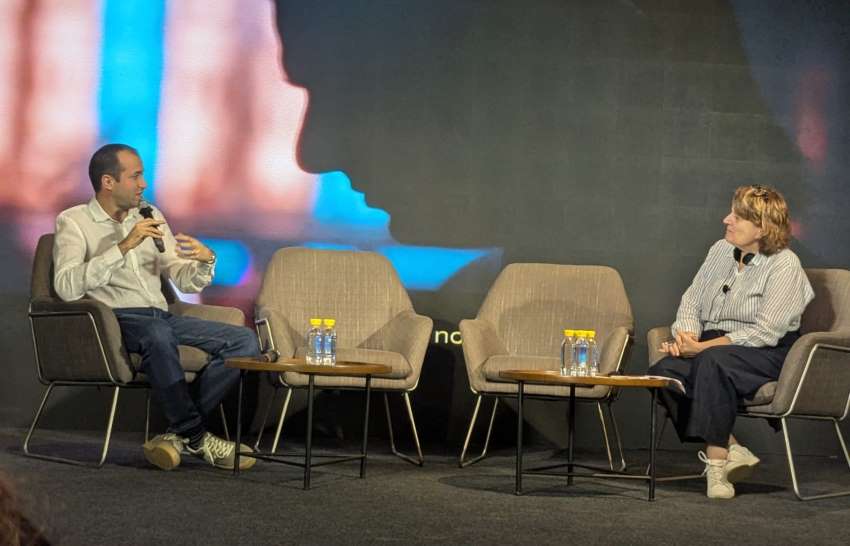
The international textile landscape has been in the throes of an unparalleled and prolonged downturn since the latter half of 2022. Despite an initial surge in demand post-COVID lockdowns, the global textile industry now faces significant challenges. In a recent press release, Dr. K. V. Srinivasan, the newly elected President of the International Textile Manufacturers Federation (ITMF), highlighted the multifaceted factors contributing to this downturn.
Weakening demand, inflation, and geopolitical tensions take a toll
According to the ITMF's Global Textile Industry Survey conducted in November 2023, weakening demand, inflation, geopolitical tensions, raw material price volatility, energy cost hikes, labor shortages, and rising interest rates collectively spell out the major causes of the industry's slump. Notably, 76% of respondents pointed to weakening demand as the primary culprit.
Cancellations and outlook
Approximately 44% of survey participants reported order cancellations in the past four months, with 5% experiencing major cancellations exceeding 30%. Looking ahead, 44% anticipate a more favorable business situation in the next six months, reflecting a cautious optimism that surpasses the sentiment in September.
India's textile industry bears the brunt
Dr. Srinivasan emphasized the detrimental impact on India's textiles and clothing sector, attributing it to challenges in raw material supply, soaring power costs, and policy shortcomings. Urgent corrective measures were urged, including the elimination of the 11% import duty on cotton, addressing Quality Control Order (QCO) issues, and resolving pricing concerns related to key materials.
Policy reforms urged for industry revival
Addressing the Indian government, Dr. Srinivasan urged a halt to short-sighted policies affecting raw materials, power, labor, and new investments until industry revival. Financial relief measures such as a one-year loan moratorium, conversion of short-term loans into long-term options, and increased working capital were suggested to prevent textile units from becoming non-performing assets and safeguard jobs.
Competitiveness and global strategies
Despite being the second-largest global raw material manufacturer, India's textile exports remain stagnant at USD 35 billion. Dr. Srinivasan recommended a holistic approach, emphasizing the need for appropriate policy measures to enhance global competitiveness and capitalize on the China+1 policy.
In the face of unprecedented challenges, the textile industry awaits decisive action from governments and stakeholders to navigate the current storm and revive its global standing.












